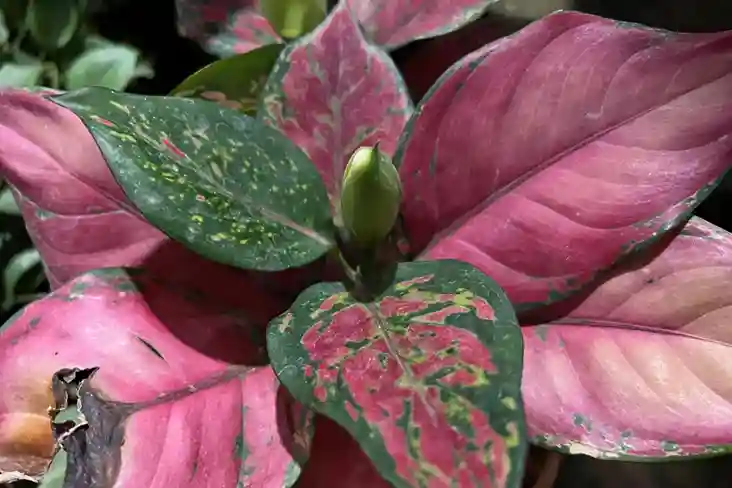
Introduction
The Red Chinese Evergreen is gaining popularity for its striking appearance and low-maintenance nature. In this comprehensive guide, we will delve into the secrets successfully caring for that plants, ensuring they thrive in your home environment.
Selecting the Perfect Spot for Your Red Chinese Evergreen Plant
When choosing a location for your pants, consider the following factors:
Light Requirements
- Thos plants thrive in indirect, bright light but can also tolerate low-light conditions.
- Avoid placing them in direct sunlight to prevent scorching their leaves.
Temperature and Humidity
- Maintain a consistent temperature between 65-80°F for optimal growth.
- Ensure humidity levels are moderate, as these plants prefer slightly humid environments.
Soil and Red Chinese EvergreenPot Selection
- Use well-draining, peat-based soil to prevent waterlogging.
- Select a pot with drainage holes to avoid root rot.
Watering and Feeding Your Red Chinese Evergreen Plant
Watering Tips
- Allow the top inch of soil to dry out before watering to prevent overwatering.
- Water sparingly during winter months when growth slows down.
Fertilizing
- Feed your plants with a balanced liquid fertilizer every 4-6 weeks during the growing season.
- Dilute the fertilizer to half the recommended strength to avoid fertilizer burn.
Pruning and Maintenance
Pruning
- Remove yellowing or dead leaves to encourage new growth.
- Trim leggy stems to maintain a compact and bushy appearance.
Cleaning and Pest Control
- Wipe the leaves with a damp cloth to remove dust and prevent pests.
- Keep an eye out for common pests like mealybugs and spider mites, treating them promptly with neem oil or insecticidal soap.
Propagating those Plants
Division
- Divide mature that plants during repotting to create new plants.
- Ensure each division has a healthy root system and at least a few leaves for successful propagation.
Rooting Stem Cuttings
- Take 4-6 inch stem cuttings with at least two nodes and propagate them in water or moist soil.
- Provide warmth and indirect light for the cuttings to develop roots.
Conclusion
In conclusion, by understanding the specific needs of that plants and implementing the care tips outlined in this guide, you can cultivate a flourishing collection of these stunning houseplants in your home. Remember to observe your plant closely, adjusting care routines as needed to ensure their continued health and vitality. Happy gardening!
“The key to nurturing thriving houseplants lies in a balanced approach to care and attention.”
External Links:
